
American Ballet Theatre Giselle
Venue:
National Centre for the Performing Arts - Opera House
2 West Chang'an Avenue Xicheng Beijing
Date:
11/9/2023 - 11/12/2023

American Ballet Theatre Giselle
11/9/2023 - 11/12/2023
National Centre for the Performing Arts - Opera House
2 West Chang'an Avenue Xicheng Beijing
¥680 - ¥1580
Event details
⚠️ Confirmation e-mail for entry
👉 Confirmation within 24 Hours
👉 Collect Paper Tickets @ Venue
👉 Children under 1.2 meters are not allowed to enter
👉 Cannot be canceled
👉 Temperature checks are required for entry, and masks must be worn correctly throughout the performance
About
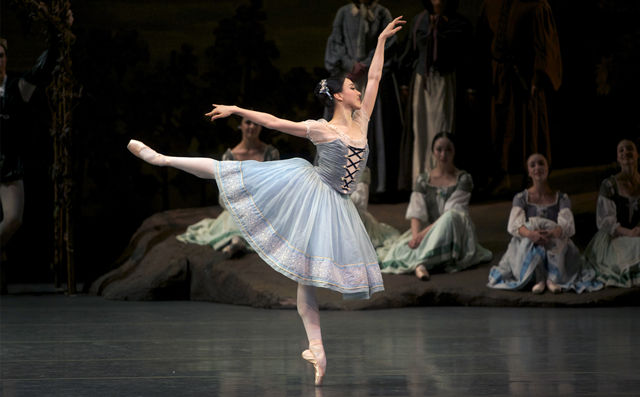
Stage Director: Kevin MCKenzie
Librettist: Théophile Gautier, on a theme by Heinrich Heine
Music: Adolphe Adam
Orchestration: John Lanchbery
Scenery Designer: Gianni Quaranta
Costume Designer: Anna Anni
Lighting Designer: Jennifer Tipton
Artistic Director: Susan Jaffe
Conductors: Ormsby Wilkins (Nov. 09 19:30 / Nov. 11 14:00), Charles Barker (Nov. 10-11 19:30 / Nov. 12 14:00)
Accompanied by National Ballet of China Symphony Orchestra
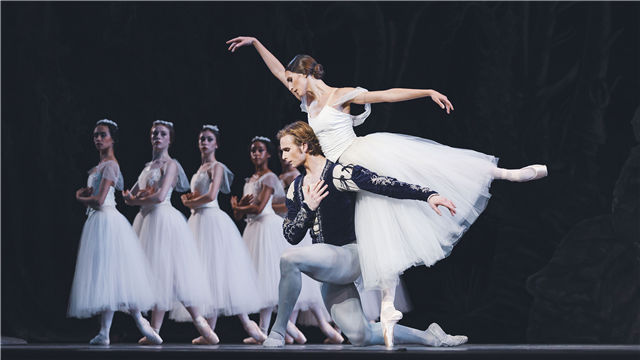
The world premiere of Giselle, the oldest continually-performed ballet, occurred at the Theatre de l'Academie Royale de Musique in Paris on June 28th, 1841, danced by Carlotta Grisi as Giselle and Lucien Petipa as Albrecht.
This ballet is in the repertoire of almost all of the major ballet companies in the world and was first presented by American Ballet Theatre (then Ballet Theatre) at the Center Theatre in New York City on January 12th, 1940, with choreography by Anton Dolin and scenery and costumes by Lucinda Ballard. The leading roles were danced by Annabelle Lyon and Anton Dolin.
American Ballet Theatre’s second production of Giselle premiered on October 15th, 1946, at the Broadway Theatre in New York City, with choreography by Dimitri Romanoff and scenery and costumes by Eugene Berman. The leading roles were danced by Alicia Alonso and Igor Youskevitch.
The third production of Giselle, directed by David Blair, received its first performance at the Carter Barron Amphitheatre in Washington, D.C. on July 4th, 1968, with scenery by Oliver Smith and costumes by Peter Hall. The leading roles were performed by Lupe Serrano as Giselle and Royes Fernandez as Albrecht. The production's New York City premiere was given at the Metropolitan Opera House on July 10th, 1968, with the same cast.
Using the Smith/Hall scenery and costumes, Mikhail Baryshnikov staged both the fourth and fifth productions of Giselle for ABT after choreography by Jean Coralli, Jules Perrot, and Marius Petipa. The first premiered at the Kennedy Center for the Performing Arts in Washington, D.C. on December 16th, 1980, with Marianna Tcherkassky as Giselle and Baryshnikov himself as Albrecht; while the second, which featured additional staging by John Taras and Elena Tchernichova, received its first performance at the Filene Theatre at Wolf Trap Farm in Vienna, Virginia on August 28th, 1985, danced by Miss Tcherkassky and Fernando Bujones.
American Ballet Theatre's sixth production, featuring scenery by Gianni Quaranta and costumes by Anna Anni, was created for the film Dancers, produced in 1987 by Cannon Films. The film incorporates Giselle into its storyline. The production's first public performance was given on March 20th, 1987 at the Shrine Auditorium in Los Angeles, California, with Miss Tcherkassky as Giselle and Kevin McKenzie as Albrecht.
The current staging is by Kevin McKenzie, using the Quaranta and Anni designs.
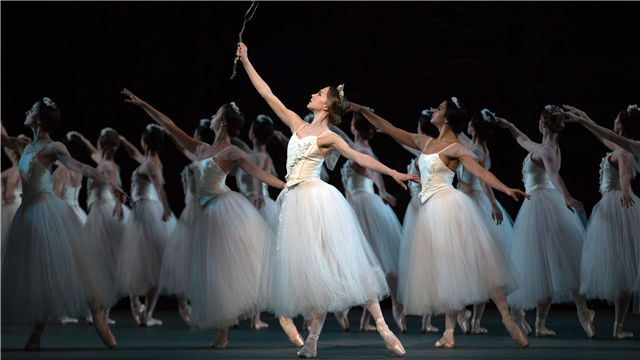
Synopsis
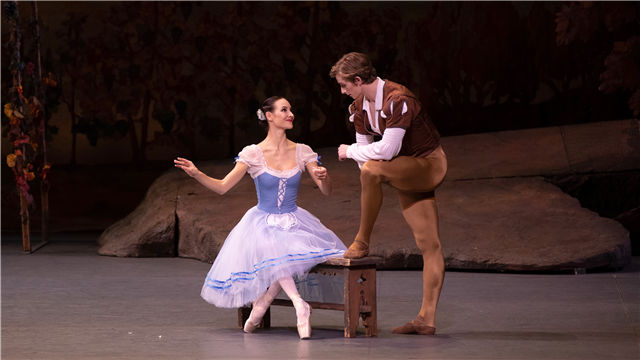
ACT I
The ballet is set in the vineyard country bordering the Rhine. Hilarion, the village huntsman and a gamekeeper to the court, returns from his early morning chores and pauses before a neighboring cottage—the home of Giselle, with whom he is in love. Villagers pass by on their way to the vineyards, where they will harvest the last of the grapes before the Wine Festival.
Count Albrecht arrives with his squire and enters a cottage opposite Giselle’s. He emerges dressed as a peasant, submits his disguise to the squire’s inspection, and dismisses him. Hilarion has witnessed this exchange and is puzzled that the squire should show such deference to this youth, who is known to the villager as a fellow peasant named Loys. Loys excuses himself from joining the grape pickers so that he can be alone with Giselle. He swears eternal love, and she takes the traditional test with a daisy—“he loves me, he loves me not.” When it appears the answer will be “not,” she throws the flower away; Loys retrieves it and, by surreptitiously discarding a petal, comes up with the answer “he loves me.” Hilarion interrupts, protesting that he, and not Loys, truly loves Giselle. A quarrel ensues, and Hilarion’s suspicions deepen as Loys instinctively reaches for the sword that, as a nobleman, he is accustomed to wearing.
The villagers return, and Giselle invites them to join in a dance to celebrate the harvest. Her mother, Berthe, interrupts and warns her that her life may be endangered if she overexerts herself by dancing. She is struck by a momentary hallucination of her daughter in death. She sees her as a wili, a restless spirit who has died with her love unrequited.
A horn sounds in the distance, and Loys recognizes it as coming from the hunting party of the prince of Courland. As Loys hastily departs, Hilarion breaks into Loys’ cottage. Refreshments are served to the hunters, and the prince’s daughter, Bathilde, gives Giselle a gold necklace when she learns they are both engaged to be married. After the royal party has returned to the hunt, Hilarion emerges from Loys’ cottage with a hunting horn and a sword, further evidence that the supposed peasant is, in fact, a nobleman.
The villagers return and proclaim Giselle the queen of the Wine Festival. Hilarion interrupts to denounce Loys as an impostor. When Loys denies the charges and threatens the gamekeeper with his sword, Hilarion blows the hunting horn, a signal for the prince to return. Loys is exposed as an impostor when Bathilde reveals that he is her fiancé, Count Albrecht. The shock of learning of Albrecht’s duplicity is too great for Giselle’s frail constitution. Her mind becomes unhinged, and she dies of a broken heart—her love unrequited.
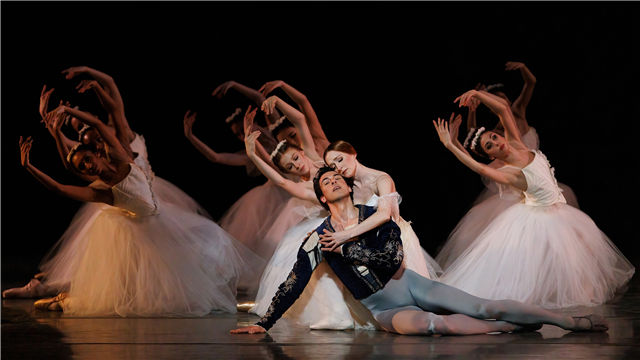
ACT II
The scene is laid in a clearing in the forest near Giselle’s grave. The wilis are summoned by their queen, Myrta, to attend the ceremonies that will initiate Giselle into their sisterhood. The wilis are maidens whose fiancés failed to marry them before their deaths. Their love unrequited, they can find no rest. Their spirits are forever destined to roam the earth from midnight to dawn, vengefully trapping any male who enters their domain and forcing him to dance to his death. Hilarion, in search of Giselle, meets his death at their hands. Albrecht arrives to leave flowers on Giselle’s grave. He too is trapped and commanded to dance until death. Giselle resolves to protect him. She dances with him until the clock strikes four, at which hour the wilis lose their power. Albrecht is rescued from death.
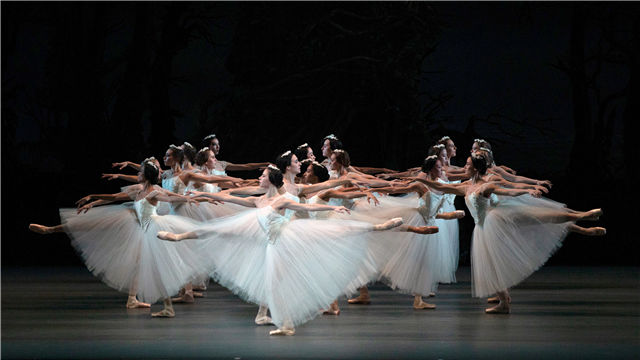
Notice
Time:
2023.11.09 - 10 ( Thu. - Fri.) 19:30
2023.11.11 ( Sat.) 14:00/19:30
2023.11.11 ( Sat.) 14:00/19:30
2023.11.12 ( Sun.) 14:00
Venue: Opera House
Price: 680 RMB - 1580 RMB
Duration: 130 mins (Intermission Included)

Follow our WeChat for event news, deals, gossip and more!
Book Now
American Ballet Theatre Giselle
Venue:
National Centre for the Performing Arts - Opera House
2 West Chang'an Avenue Xicheng Beijing
Date:
11/9/2023 - 11/12/2023
© 247tickets 2020 沪ICP备19024898号-2

 Add us on WeChat to speak to our friendly customer service team! ID: Tickets247Tickets
Add us on WeChat to speak to our friendly customer service team! ID: Tickets247Tickets